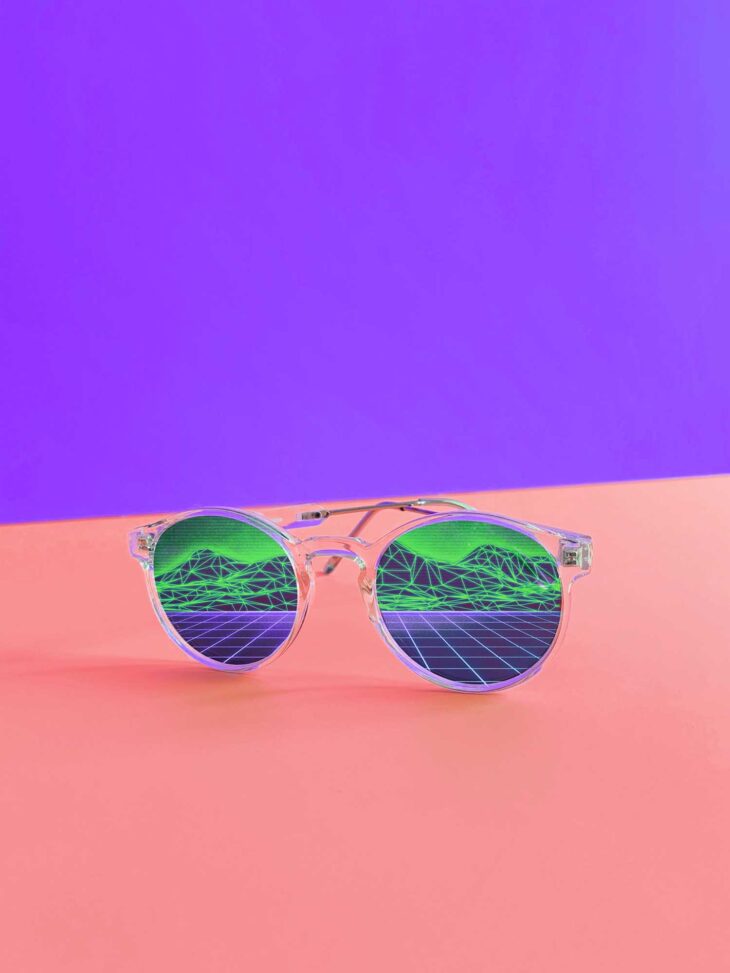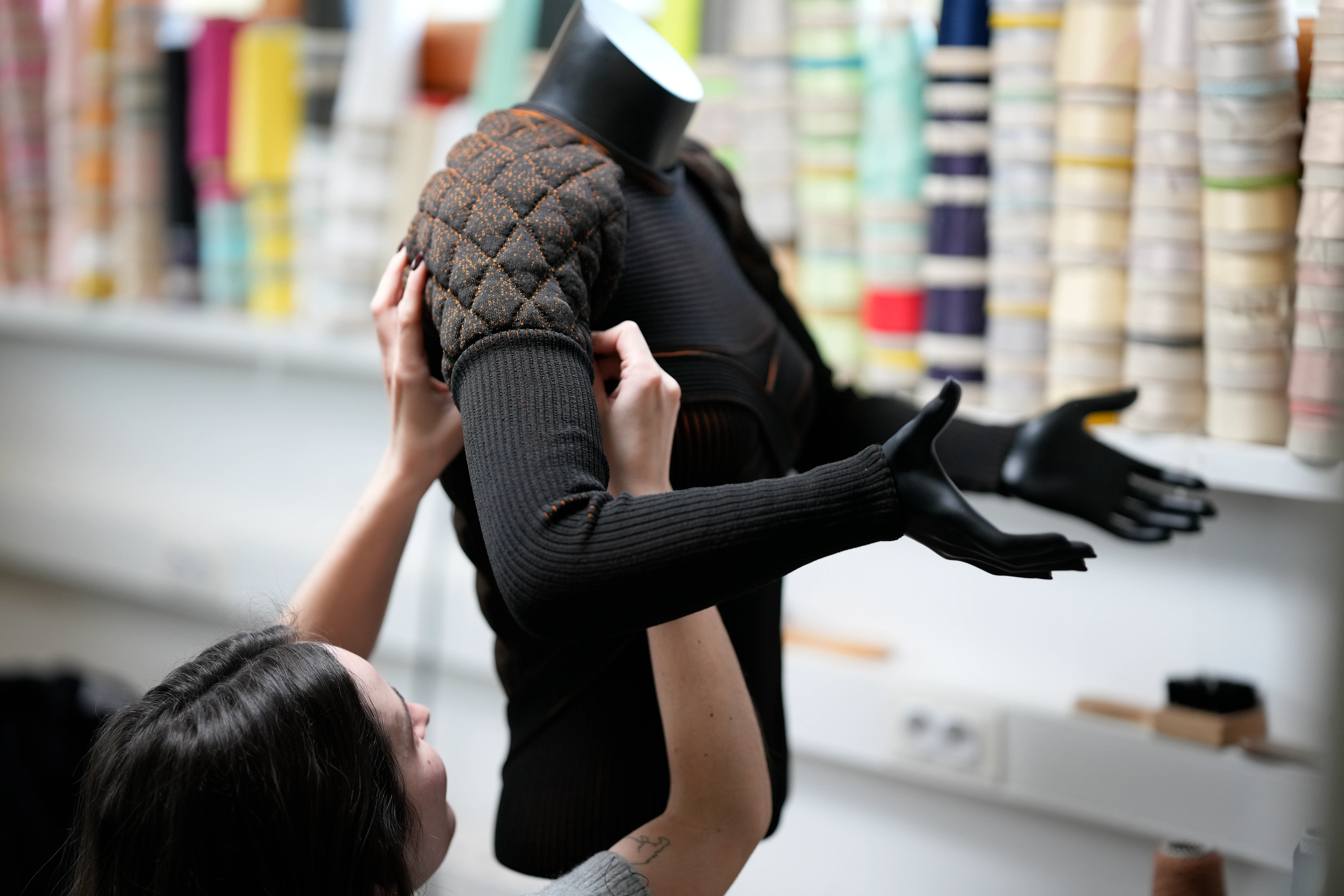
Ever pictured that technology and fashion would team up to drive innovation in the industry? As unlikely as it may sound, it’s already happening with computer-aided design (CAD) striding up the runway.
CAD is reshaping everything from design possibilities to manufacturing efficiency in the fashion industry.
If you’re ready to take a behind-the-scenes look at this tech-fashion collaboration, come along for a fascinating journey in understanding how CAD is threading the future of fashion.
1. Advanced Visualization
When discussing advanced visualization in the context of CAD’s role in the fashion industry, the features of software like CREO and Solidworks simply can’t be overlooked. These software tools have come into the spotlight for their robust array of 3D design capabilities.
Just imagine, with a few clicks, a two-dimensional sketch taking life as a three-dimensional model! It opens up avenues to scrutinize every cut, drape, and stitch from various angles.
Needless to say, this offers unprecedented design precision and clarity which is an absolute boon for designers. The CREO and Solidworks features are thus instrumental in shaping the future of fashion design.
2. Iteration Speed
Traditionally, making adjustments to any part of a design used to be a quite tedious process. You’d revise your sketches, create another prototype, critique it, and the cycle went on. However, with CAD in their toolbelt nowadays, designers have found a much faster way to iterate and innovate.
Let’s say you suddenly have a flash of inspiration or get some fresh feedback on your work. You don’t need to go back to square one anymore!
With just a few clicks in your CAD software, you can tweak that collar detail or adjust the torso length instantly. This process is not only convenient but also highly time-efficient for designers.

3. Detailing and Accuracy
Another contribution of CAD to the fashion world is all about a designer’s delight: detailing and accuracy. Without a doubt, fashion is all about the minutiae – every trim, every thread, every stitch matters. It’s these little nuances that make or break a design.
That’s where CAD jumps into the picture. CAD tools provide unmatched precision when it comes to drafting patterns or adding intricate embellishments to your design. Will that lace detail look good? How about a row of sequins around the neckline? With CAD, you can check out all these details without even threading a needle.
Your designs get a higher level of finesse and predictability with fewer errors – that means less waste and rework too! In layman’s terms, you’re maintaining your creativity while being precise and efficient — a win-win situation, right?
4. Accessibility
In the digital age, we all love having the world at our fingertips, and CAD makes that happen for fashion designers too. As tech companies advance towards cloud-based capabilities, geography ceases to be a boundary for creativity.
You can collaborate with your team on design concepts even if you’re in Paris basking in artistic inspiration while your team is back in New York!
You can be anywhere — you could be sitting in a cafe sipping on some latte or catching some sunshine on a beach — and still have full access to your designs. Making tweaks or presenting drafts no longer requires you to be glued to your desk. Now, isn’t that freedom?

5. Mass Customization
A key current trend in fashion is personalizing the product to suit individual tastes and needs – basically, everyone loves that unique ‘me’ touch in their apparel. However, customizing on a large scale can be time-consuming or overly expensive with traditional methods.
That’s when CAD becomes the unsung hero. With digital technology woven into the process, uniformity gives way to uniqueness without any significant hike in production costs. How does it work you ask?
Simply put, it enables designs to be tweaked according to individual measurements and preferences before they hit production. No two pieces are the same! CAD essentially allows brands to offer ‘made-for-me’ fashion at a mass level, making that ‘tailor-made’ feel more accessible to customers.
6. Efficiency and Sustainability
The fashion industry is rapidly recognizing the need to be more eco-conscious, and CAD plays a significant part in making this happen. Think about it: when you create digital prototypes instead of physical ones, you’re cutting down material use dramatically.
Any changes are made virtually before going into production, meaning waste generation goes down because there’s no need to toss away fabric from flawed drafts. Also, precise measurements provided by CAD tools mean less fabric wastage during actual production.
Essentially, by reducing usage and waste of raw materials through efficient design practices, CAD helps the fashion world take a decisive step towards becoming more environmentally friendly – one of the next big things in fashion. Now that’s something worth getting behind!
Wrapping Up
We’ve unraveled the many exciting ways computer-aided design is redefining the fashion industry. Whether you’re part of the industry or an enthusiast standing on the sidelines, there’s so much to discover. So how about jumping in and riding that wave of change?
Take a step further into exploring CAD, and immerse yourself in this fascinating frontier where creativity meets technology. You could easily be part of innovating fresh perspectives and reshaping the fashion world. Ready to get started? Embrace CAD today – because tomorrow’s fashion won’t design itself.



















